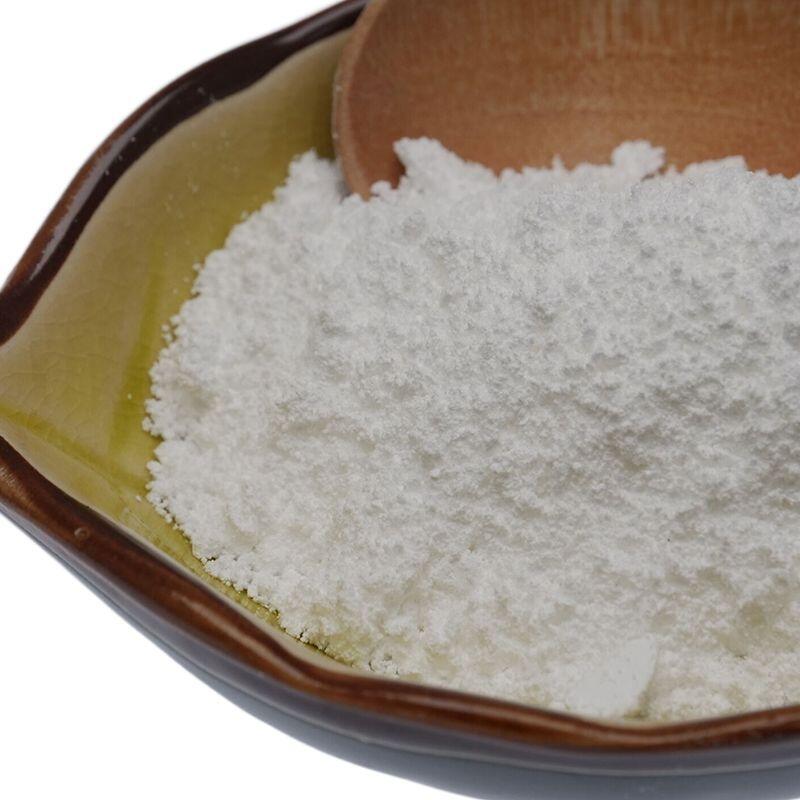-
Categories
-
Pharmaceutical Intermediates
-
Active Pharmaceutical Ingredients
-
Food Additives
- Industrial Coatings
- Agrochemicals
- Dyes and Pigments
- Surfactant
- Flavors and Fragrances
- Chemical Reagents
- Catalyst and Auxiliary
- Natural Products
- Inorganic Chemistry
-
Organic Chemistry
-
Biochemical Engineering
- Analytical Chemistry
-
Cosmetic Ingredient
- Water Treatment Chemical
-
Pharmaceutical Intermediates
Promotion
ECHEMI Mall
Wholesale
Weekly Price
Exhibition
News
-
Trade Service
2-Amino-9-(2-hydroxyethyl)-3H-purin-6-one, commonly referred to as 2-OH-6-AP, is a chemical compound that is commonly used in the chemical industry.
It is used in a variety of applications, including as a reagent in the synthesis of other chemicals and as an intermediate in the production of pharmaceuticals.
Despite its widespread use, there are concerns about the safety of 2-OH-6-AP.
In recent years, there have been several incidents in which workers have been exposed to the chemical and have experienced adverse health effects as a result.
These incidents have raised questions about the adequacy of current safety measures and have led to calls for increased efforts to protect workers from the risks associated with 2-OH-6-AP.
One of the main health risks associated with 2-OH-6-AP is its potential to cause skin and eye irritation.
The chemical is known to be a strong irritant and can cause redness, itching, and swelling in the eyes and on the skin.
Prolonged exposure to the chemical can also lead to more severe health problems, including respiratory and digestive issues.
In addition to the risks posed to workers, there are also concerns about the potential for 2-OH-6-AP to pose a risk to the environment.
The chemical is classified as a hazardous substance and must be handled and disposed of in accordance with strict regulations.
There have been instances of 2-OH-6-AP leaking into the environment, leading to contamination of soil and water sources.
To address the safety concerns associated with 2-OH-6-AP, it is important for chemical companies to take a number of steps to protect their workers and the environment.
This includes providing appropriate personal protective equipment (PPE) to workers, such as gloves and face masks, and ensuring that workers are properly trained in the safe handling and use of the chemical.
Companies should also have appropriate emergency response plans in place in case of a spill or leak.
It is also important for companies to comply with all relevant regulations and guidelines related to the handling and disposal of 2-OH-6-AP.
This includes adhering to safety standards set by regulatory agencies and following established best practices for the safe use and storage of the chemical.
In addition to these measures, companies should also be proactive in identifying and mitigating potential risks associated with 2-OH-6-AP.
This may include conducting risk assessments and implementing measures to reduce the likelihood of accidents or exposure.
Companies should also be transparent about their use and handling of the chemical and should communicate openly with employees, local communities, and regulatory agencies about any potential risks associated with the chemical.
In conclusion, 2-OH-6-AP is a chemical compound that is commonly used in the chemical industry, but it poses a number of safety risks to workers and the environment.
To ensure the safe use of this chemical, it is important for companies to take the necessary precautions and to adhere to all relevant regulations and guidelines.
By taking these steps, companies can help protect their workers and the environment from the potential dangers associated with 2-OH-6-AP.






